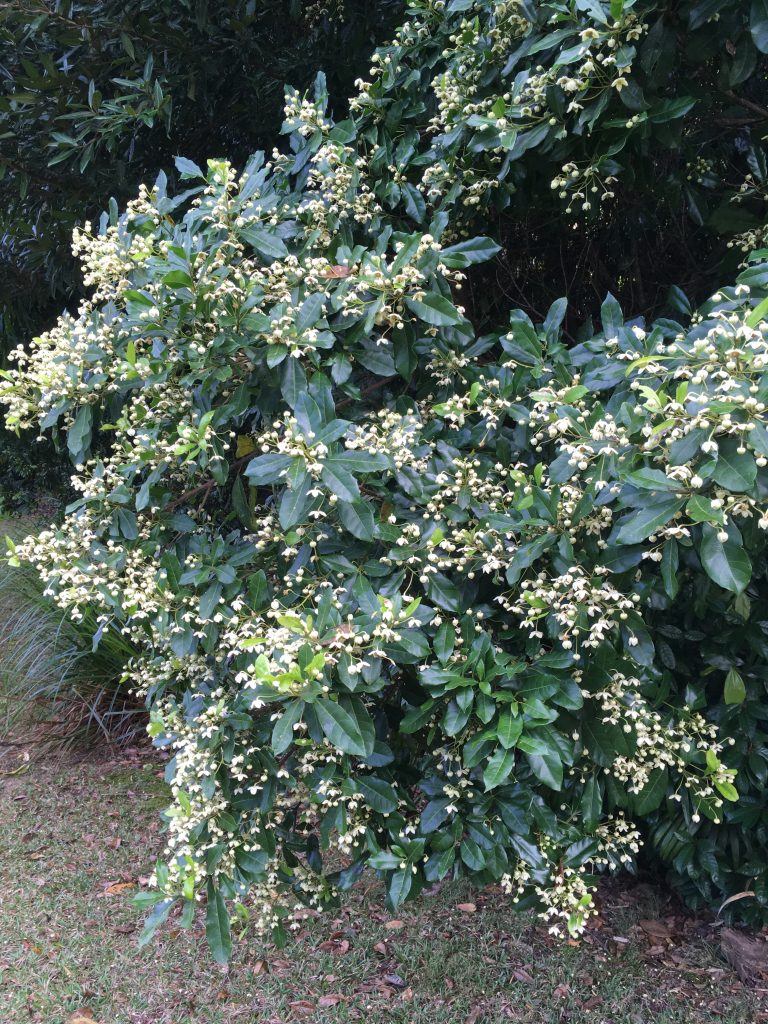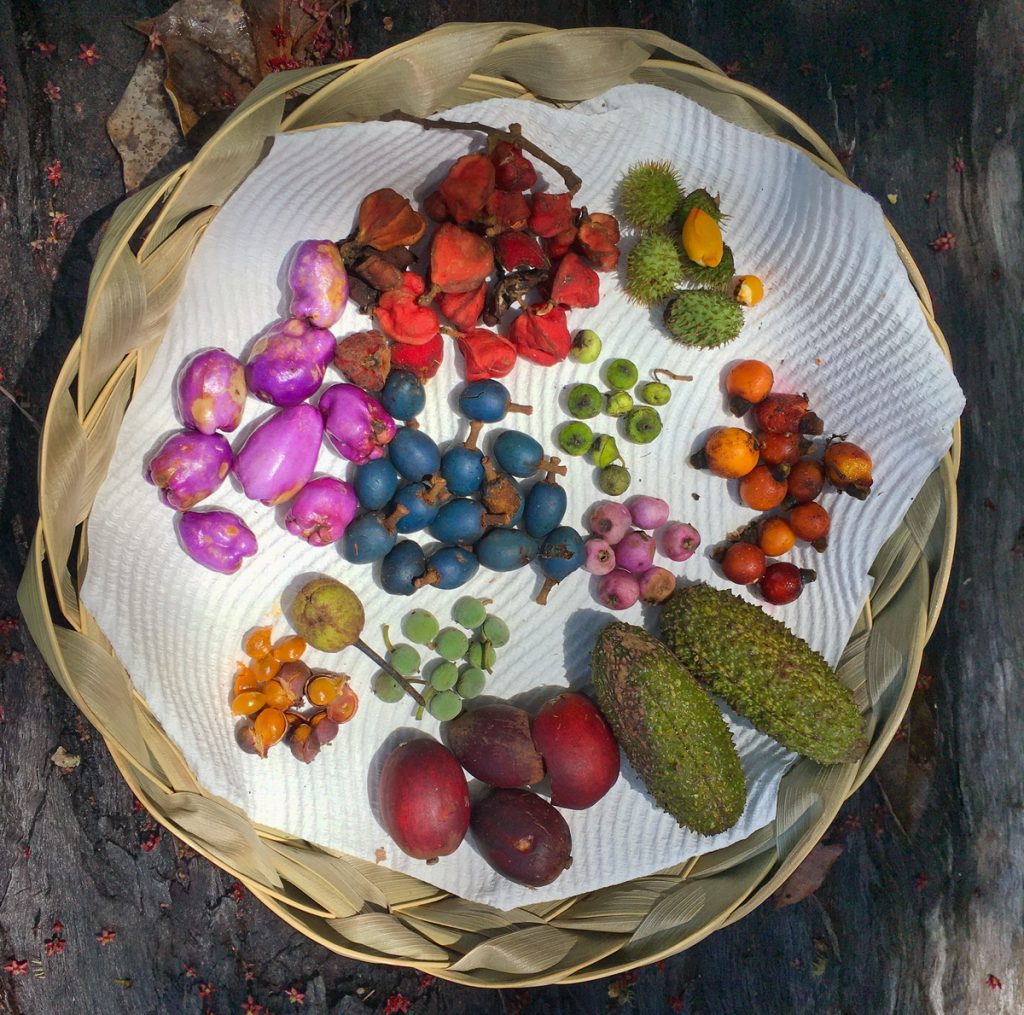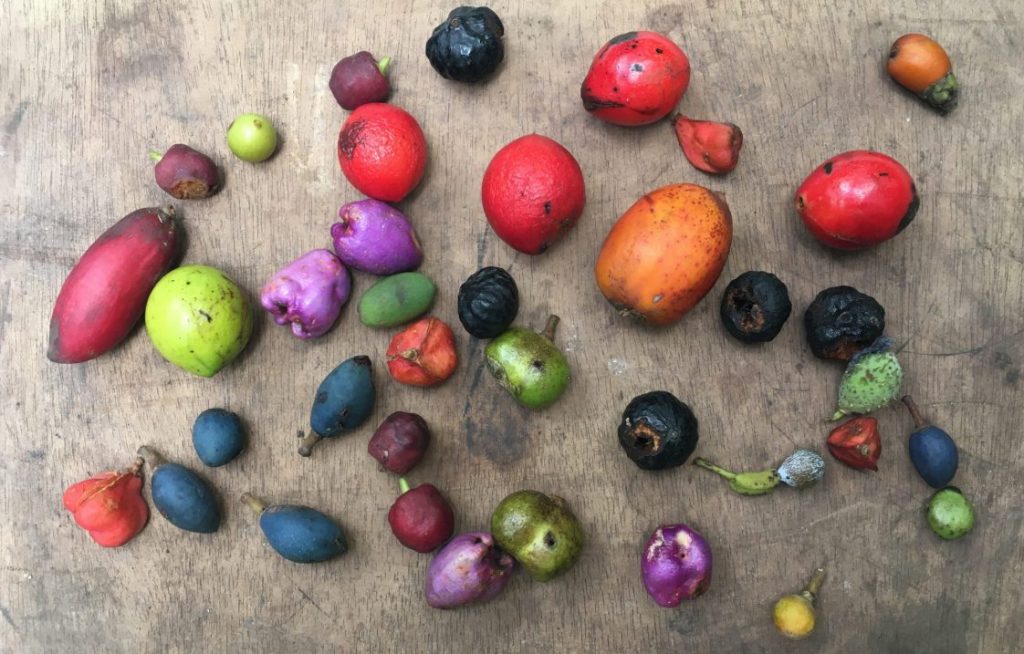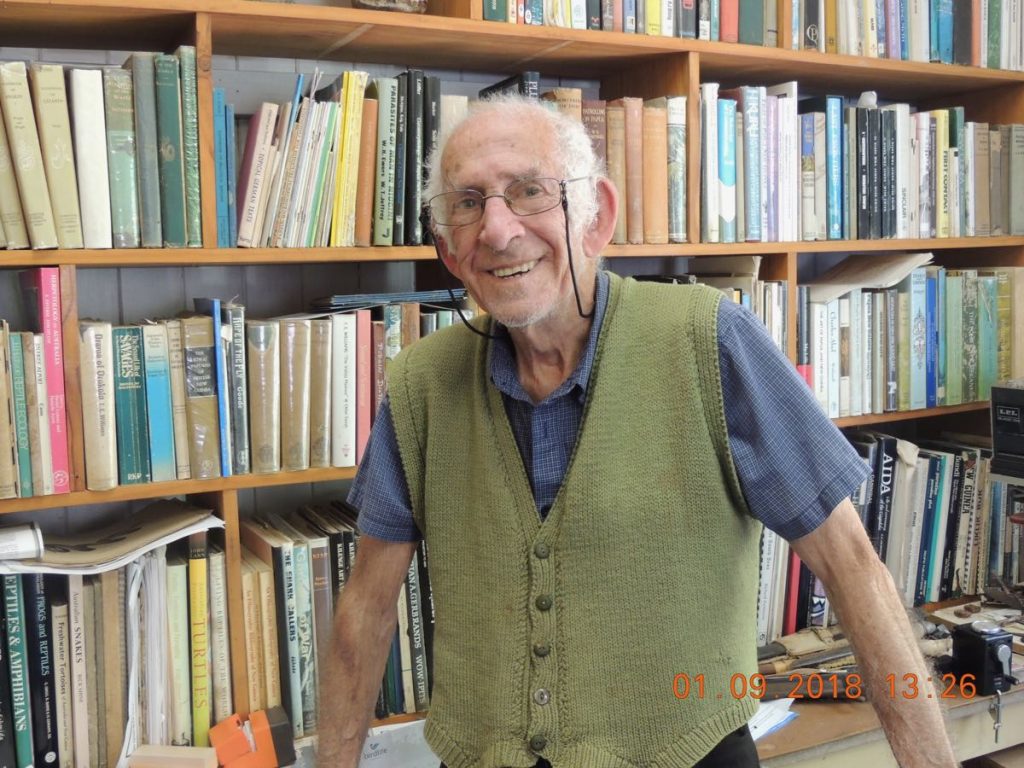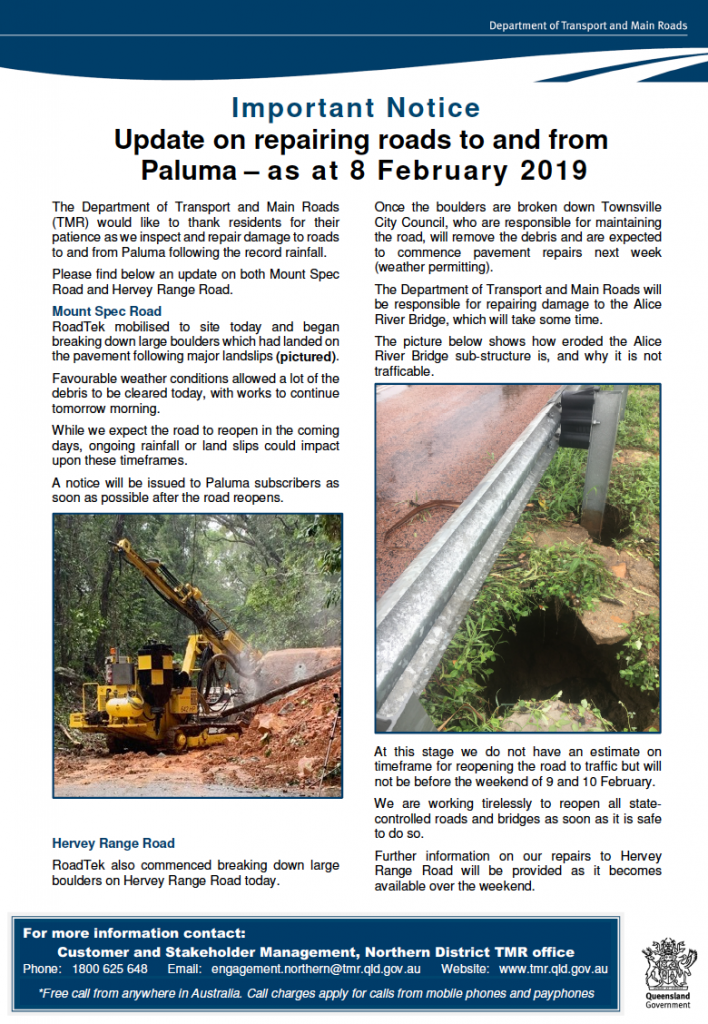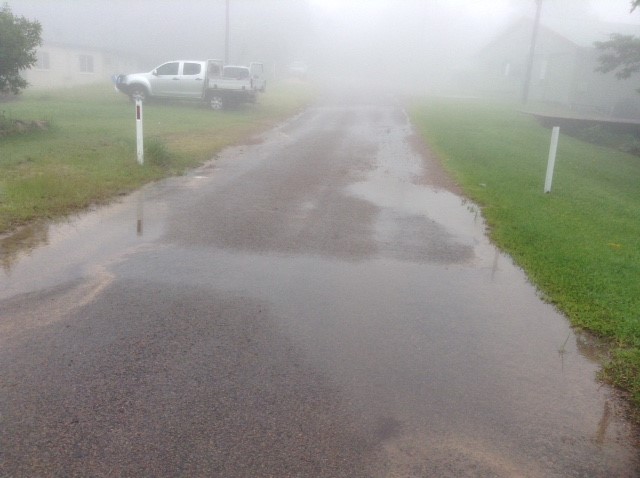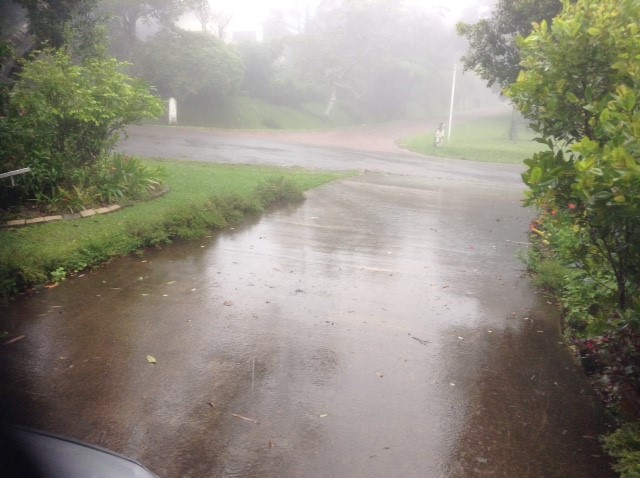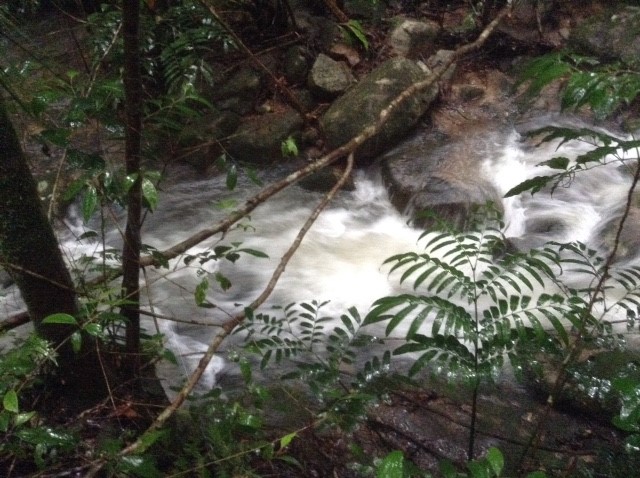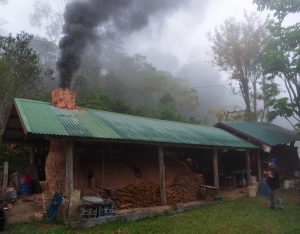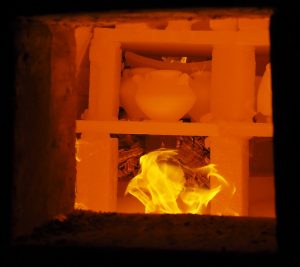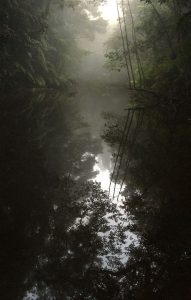Over the last month or so the rainforest seems to have been awakening in anticipation of the coming wet, with an number of trees and plants bursting into flower along the road as well as deeper into the forest.
Two trees that have been putting on a great show are the blush alder (Sloanea australis) and brown silky oak (Darlingia darlingiana). Both of these have been featured in Colwyn’s Rainforest Tree of the Month series and for me its great to not only appreciate the displays of creamy flowers around the village roads and tracks, but also to now know the names and key characteristics of the trees.
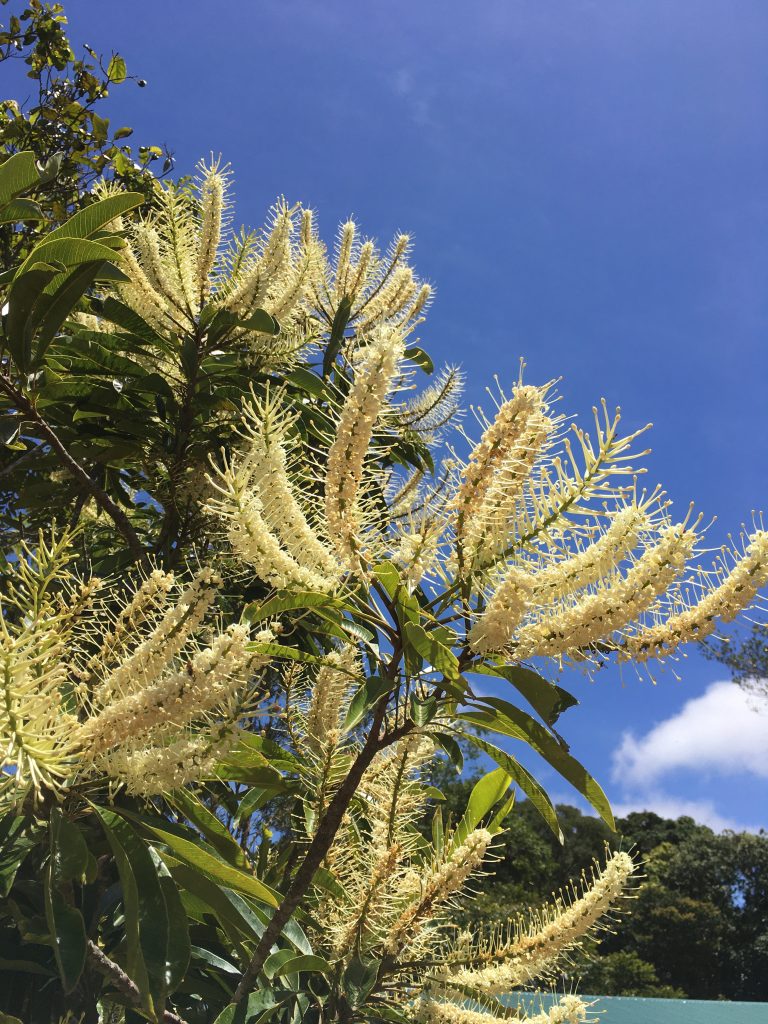
Another tree that is currently flowering along the tracks, creating small patches of purple petals on the ground is the paperbark satinash (Syzygium paryraceum). Many of us would be familiar with the beautiful bright purple fruit from this species which appears on the forest floor around Christmas time, but I had not realised that the flowers were equally attractive (albeit a bit more subtly).

Photo by Peter Woodard (CC) 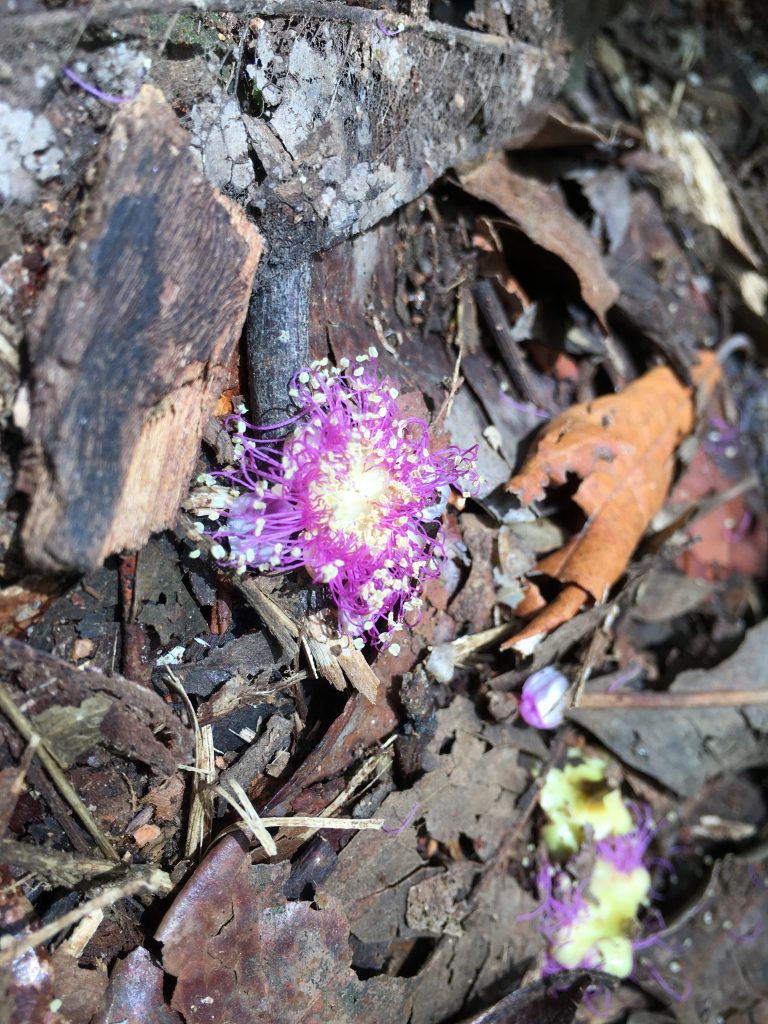
Finally, the Snow in Summer tree (Melaleuca liniarifolia) behind the Townsville Water depot is once again in full and spectacular bloom at present.

There are probably other equally beautiful trees in bloom that I have not seen, so feel free to add to this list using the comments section of this post. There should be a Tree Warratah in bloom somewhere in the village?
Text and photos (unless indicated) by Jamie Oliver


